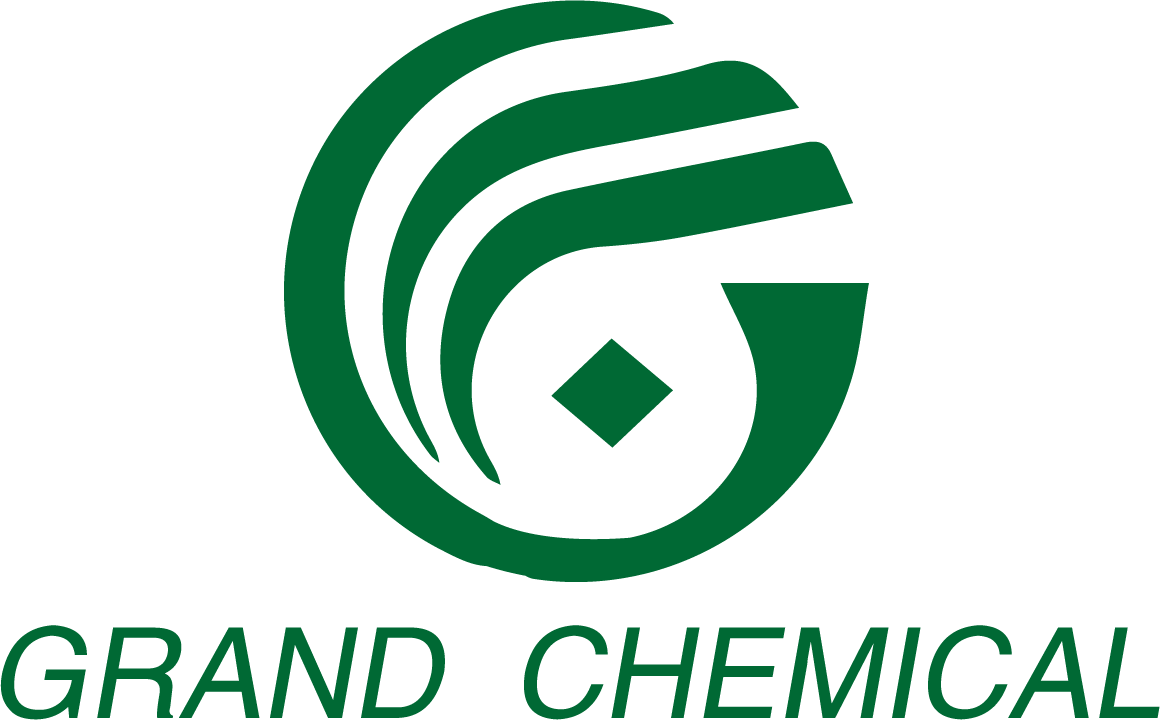Introduction
Polyester inherently possesses a certain degree of natural whiteness. However, to meet modern market demands for brighter, purer, and tone-specific whites, it must be treated with fluorescent brighteners—also known as optical brightening agents (OBAs).
Due to polyester’s hydrophobic structure and compact molecular arrangement, it isn’t easy to whiten effectively using conventional water-soluble brighteners. Instead, non-water-soluble dispersed fluorescent brighteners are required. These brighteners are applied through specialized dyeing techniques such as hot-melt dyeing, high-temperature and high-pressure dyeing, or carrier dyeing, which allow the brightener to diffuse and sublimate evenly into the fiber.
For polyester pulp whitening, powdered dispersed brighteners can be used directly. Therefore, fluorescent brighteners designed for polyester must offer excellent thermal stability, high sublimation fastness, lightfastness, and chlorine bleach resistance.
Common fluorescent brighteners for polyester include azoles, coumarins, stilbenes, naphthalimides, and triazinylpyrenes. The most widely used commercial types are C.I. Fluorescent Brighteners 135, 185, 199, 229, 236, 367, 368, and 393. The following sections highlight two representative examples.
1. C.I. Fluorescent Brightener 135
Trade Names: Fluorescent Brightener PF, Fluorescent Brightener DT
International Trade Names / Manufacturers: Hakkol STB (KKK), Uvitex ERN-P (CIBA), Whitex ERN (NSK)
Physicochemical Properties
- Appearance: Pale yellow needle-shaped crystals
- Melting point: 182–184 °C
- Ionic character: Non-ionic
- Forms available: Powder and stabilized dispersion
- Solubility: Soluble in ethanol, xylene, o-dichlorobenzene, and dimethylformamide; insoluble in water
- Optical characteristics:
- Maximum absorption (ethanol): 365 nm
- Maximum fluorescence emission: 430 nm
- pH stability: 2–10
- Hard water tolerance: up to 500 mg/L
- Excellent resistance to acids, alkalis, and light
Application
Fluorescent Brightener DT dispersions are primarily used for whitening polyester and offer high resistance to chlorine bleach and peracetic acid.
As polyvinyl alcohol or methylcellulose is often used as a protective colloid, the product may aggregate in strongly alkaline or high-salt conditions. Therefore, it performs best in neutral to mildly alkaline dye baths.
Recommended Usage
- Exhaust dyeing: 2% o.m.f.
- Pad dyeing: 25–30 g/L
- Heat-set at 180–200 °C for 15–30 seconds
Brightener 135 also delivers good whitening results on acetate, nylon, and polyethylene fibers, with moderate lightfastness and chlorine bleaching resistance.
Applications in Plastics
The powdered form is cost-effective and highly resistant to weathering, making it ideal for plastic whitening and color enhancement. It is suitable for:
- PVC, polystyrene, polyacrylate, polyester films, polyethylene (LDPE/HDPE), ABS, and plexiglass
Usage: Mix 0.03–0.1 % (by weight of plastic) with the plasticizer, then proceed with standard processing.
Performance: Excellent lightfastness, wash fastness, and resistance to oxidative bleaching.
2. C.I. Fluorescent Brightener 199
Trade Names: Fluorescent Brightener ER, ER330%, OBK, JH, HD-1, MT-1, CPS, PS1
International Trade Names / Manufacturers: Blankophor ER, Ultraphor RN, Ultraphor SFN, Uvitex EMT, Hostalux ETBN
Physicochemical Properties
- Appearance: Yellow-green crystalline powder
- Purity: ≥ 99%
- Melting point: 229–231 °C
- Non-toxic, odorless, and non-ionic
- Soluble in most organic solvents
- Available in both powder and stable dispersions (10–22 % active content)
- Excellent thermal resistance, light stability, and chemical durability
Products brightened with ER exhibit a natural, neutral whiteness and are recognized internationally as one of the most effective brighteners for polyester.
Application
Fluorescent Brightener ER is ideal for polyester whitening across a wide temperature range (100–200 °C, pH ≈ 5). It can be applied by:
- High-temperature exhaust dyeing
- Hot-melt pad dyeing
- Low-temperature adsorption
For Polyester Chips
Adding ER powder during the polyester chip or recycled polyester spinning process significantly improves the whiteness and appearance of fibers.
Usage Guidelines:
- Add 0.02–0.08 % (based on polyester weight)
- Mix with chips and additives at 50–150 °C
- Spin at 240–300 °C
Other Substrate Applications
- Acetate fibers: 85–180 °C, pH 5
- Nylon and triacetate fibers: 100–190 °C, pH 5; finish with alkali wash
The powdered form also performs well in polyethylene, polypropylene, and PVC, improving product gloss and brightness. It is additionally used in coatings and masterbatches.
Performance Features
- Compatible with cationic softeners
- Stable in chlorite, peroxide, and reducing bleach baths
- Excellent lightfastness and high-temperature stability
Conclusion
Polyester whitening presents unique challenges due to its hydrophobic and crystalline structure. By using high-performance dispersed fluorescent brighteners for polyester, such as C.I. Fluorescent Brightener 135 and 199, manufacturers can achieve durable, high-whiteness effects with excellent fastness properties.
These optical brighteners are not only effective in textiles but also in plastics, films, and coatings, providing long-lasting brightness, improved visual appeal, and enhanced market value for finished products.
At Shandong Grand Chemical Co., Ltd., we specialize in producing and supplying a wide range of high-performance fluorescent brighteners for plastics, coatings, detergents, and textiles.
📩 Contact us for product data sheets, samples, or technical guidance:
Email: sales@obachemical.com
WhatsApp: +86 13173009832

